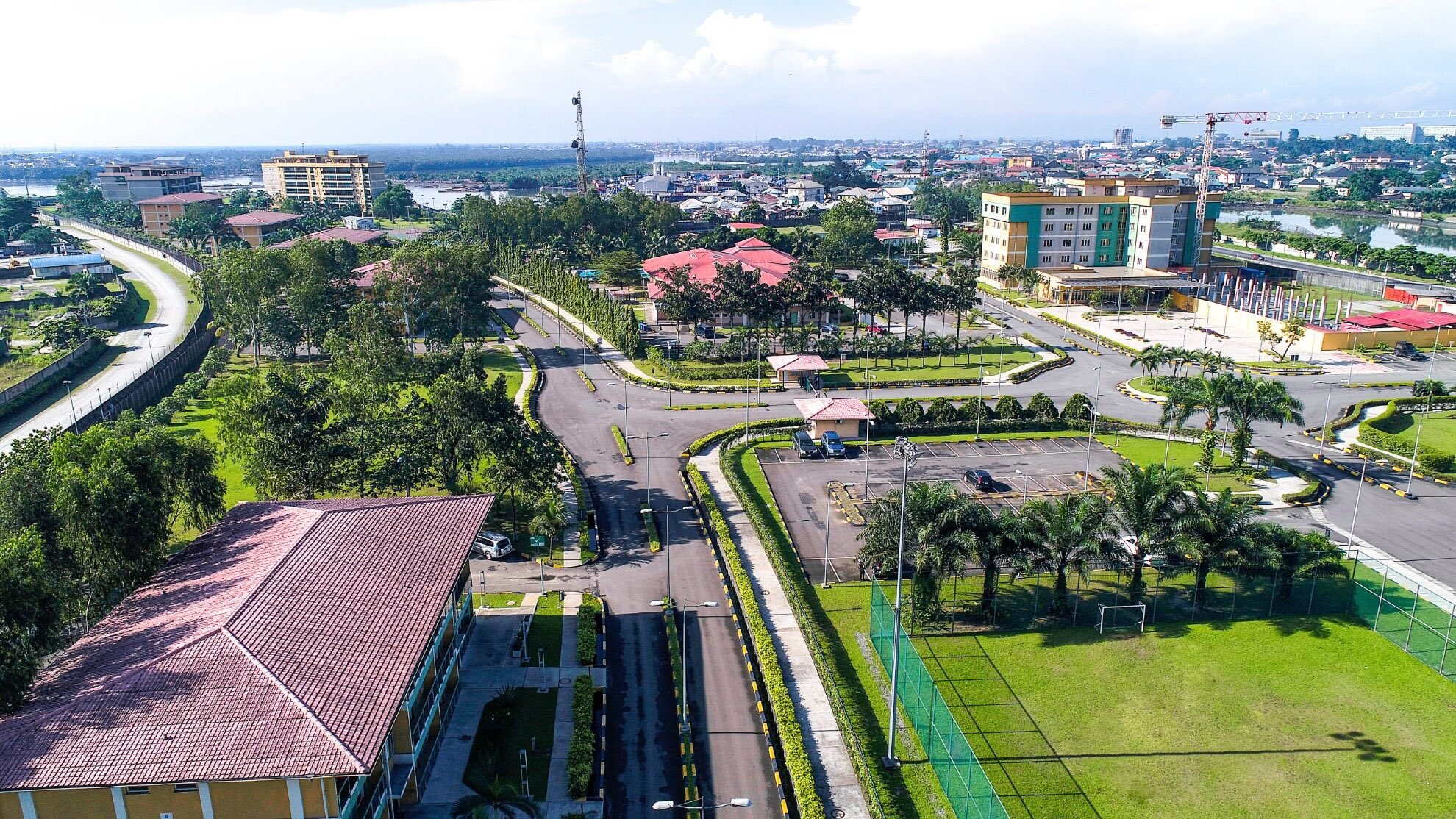In 2017, Petro Vietnam Exploration Production Corporation (PVEP) signed a cooperation agreement in Digital Transformation Services. The aim was to boost the proficiency of PVEP’s exploration activities, lessen equipment’s inactive time, save cost and reduce risk. We could describe this as a significant dive into leveraging the technology feats of the 4th Industrial Revolution in this Asian country.
This ambitious move by PVEP is orchestrated to develop and implement technology solutions related to Internet of Things (IoT), Big Data, Artificial Intelligence and Data Science. With this leap, it can tackle the troubles of low crude oil price as these advanced technology solutions enable the process of exploring and analyzing data which can help to increase efficiency and optimize cost in exploration and exploitation activities. The combination of these digital technologies means that PVEP can ensure the safety of its oil fields with huge gains in economic efficiency by cutting down the investment of equipment and shorten exploration time.
It is worthy to note that during the COVID19-induced lockdown in the Nigeria, the NNPC business value chains were responsive, enabling it to have over 4,000 virtual meetings, 9.3million minutes of audio time, 6.7million minutes of video time and 2.1million minutes of screen shared times (Orient Energy Review). This is an impressive effort made possible by its initiatives like Transparency, Accountability and Performance Excellence (TAPE) and commitment to Information and Communications Technology (ICT) for the purposes of operational efficiency and accountability within its system.
Yet NNPC faces significant challenges as it tries to extract more value from its new matured and marginal fields; accelerate local refinery capacities and respond to the vagaries of global energy mix, digital regulatory conundrum, and the rise of US as a net exporter. But these challenges aren’t insurmountable as technology can help NNPC grow it crude oil reserves by one billion barrels yearly, shoveling it upward from its current 37 billion barrels to 42 billion barrels by 2025. We understand that national oil companies (NOCs) are taking the lead in digitalization transformation. This we believe should be the right path for NNPC, enabling it to maximize margin through either better feedstock mix, increased throughput more reliably from existing assets, reduced operating costs, and making the workplace safer for all.
Digital technologies like blockchain, robotics, smart sensors, wearable technologies and big data is helping NOC like Abu Dhabi National Oil Company to optimize operations and boost profitability in several ways. For example, Abu Dhabi National Oil Company is using Predictive Asset Analytics to prevent equipment failures; Saudi Aramco is installing robotics to improve oil recovery efforts in remote areas while both Petroleum Development Oman and Fujairah Oil Industry Zone are developing digital platforms and blockchain technology to bake greater efficiency into their workforce (source: castlereagh).
Baking Of Digitalization Transformation Into NNPC
Just like other digitalization effort across the world, baking digitalization into NNPC would demand deft incorporation of these inter-related key elements — technology, data, process, or organizational change competence. Driven by a well-crafted digitalization plan, we will have to ensure that the workforce is carried along in making sure that this digitalization effort pays off significantly through a well-communicated, compelling vision with room big enough for making adjustments to the digitalization plan. It will be crucial that we get our workforce to trust new data models, explore new processes, and espouse a new way of working.
To enable a successful baking of digitalization into NNPC, it is important to take a critical look into where NNPC is with digital technologies. This will help it to determine where these systems need to be improved to accomplish desired business goals. It would have to transform itself from a cost center operational model into functioning as a profit center through a disciplined approach that leverage digital technologies to allocate capital to the highest-return projects, making NNPC poised for long-term growth. The correct data has to be collected using the right combo of digital technologies, helping to set the stage for robust analysis that makes it possible for it to transit from volume to value.
Expectedly, digital technologies can help us bring operating technology and information technology in alignment in achieving NNPC’s business goals. The challenge will be to get these technologies to work flawlessly together through the right infrastructure — one that measures both physical volumes and the financial value, at each stage of the process. Experts would say that the key is to ensure that it is formed in a way that imitates the real-world operating technology environment and with strong cybersecurity and data privacy measures in place to ensure reliable and secure operation.
Finally, digital technologies offer NNPC the use of digital solutions to create virtual prototypes of their capital project which expedites greater efficiency and less redraft in design. For example, a digital prototype of a refinery can help NNPC improve estimating, to cut capital spend and attain a prime design, even before foundation laying. With new digital technological capacity, we can run any number of operating scenarios in a virtual plant, including performing stress tests and optimization revisions. What this does is that it provide a more accurate picture of the project’s actual costs and help identify construction or operational problems that can be calculated out or worked around. The benefit of this to firms like NNPC is that it can spend less time and money to develop a project that functions as intended, at first shot.
Written by Caesar Keluro, Co-Founder/CEO, Nanocentric Technologies Limited. He leads ‘Make In West Africa’, a regional Think-tank. He tweets @kcaesar









